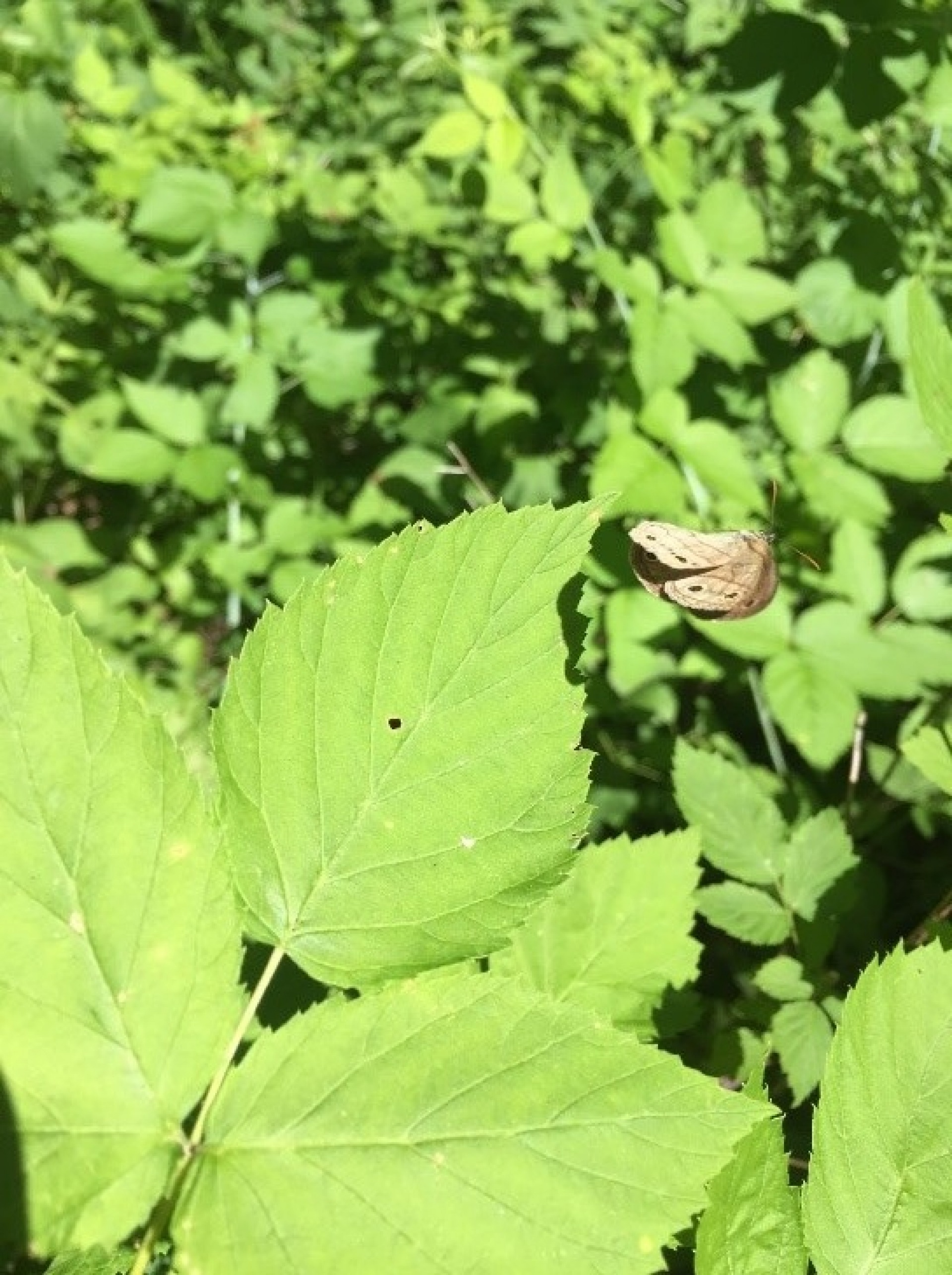These popular topics are heating up. Explore today's most viewed pages.
The spotlight today is focusing on a little woodland butterfly you have likely seen bouncing in and out of plants across Pottawattamie County. The Little Wood-Satyr (Megisto cymela) can be seen in abundance from May to September in many woodland and grass areas. It belongs to the diverse Brush-footed, or Nymphalidae, family and is a part of the subfamily Satyrinae. These woodland butterflies can be seen across the eastern half of the United States, including all of Iowa.
Little Wood-Satyrs can be identified by many characteristics. They have a wing span of 1.25 to 1.75 inches. Their wings are light brown with thin, dark lines running through them. One of the most notable characteristics are their black spots encircled by a ring of yellow. On the topside of their wings, Little Wood-Satyrs typically have two bold spots on each of their fore- and hindwings. Some spots may be larger and more distinct than others. On the underside of their wings, Little Wood-Satyrs have one to two bold spots with a couple of smaller and less distinct spots.

These butterflies can be seen resting or bouncing in flight from plant to plant, but they do not typically visit flowers. Little Wood-Satyrs feed on sap and aphid honeydew instead of the typical flower nectar. Males roam the shade, looking for females. When ready, females lay single eggs on grasses. The larva/caterpillars that hatch from these eggs feed on members of the grass, or Poaceae, family. Little Wood-Satyrs do not migrate to make it through winter. Instead, fourth-stage caterpillars hibernate overwinter before emerging the next spring.